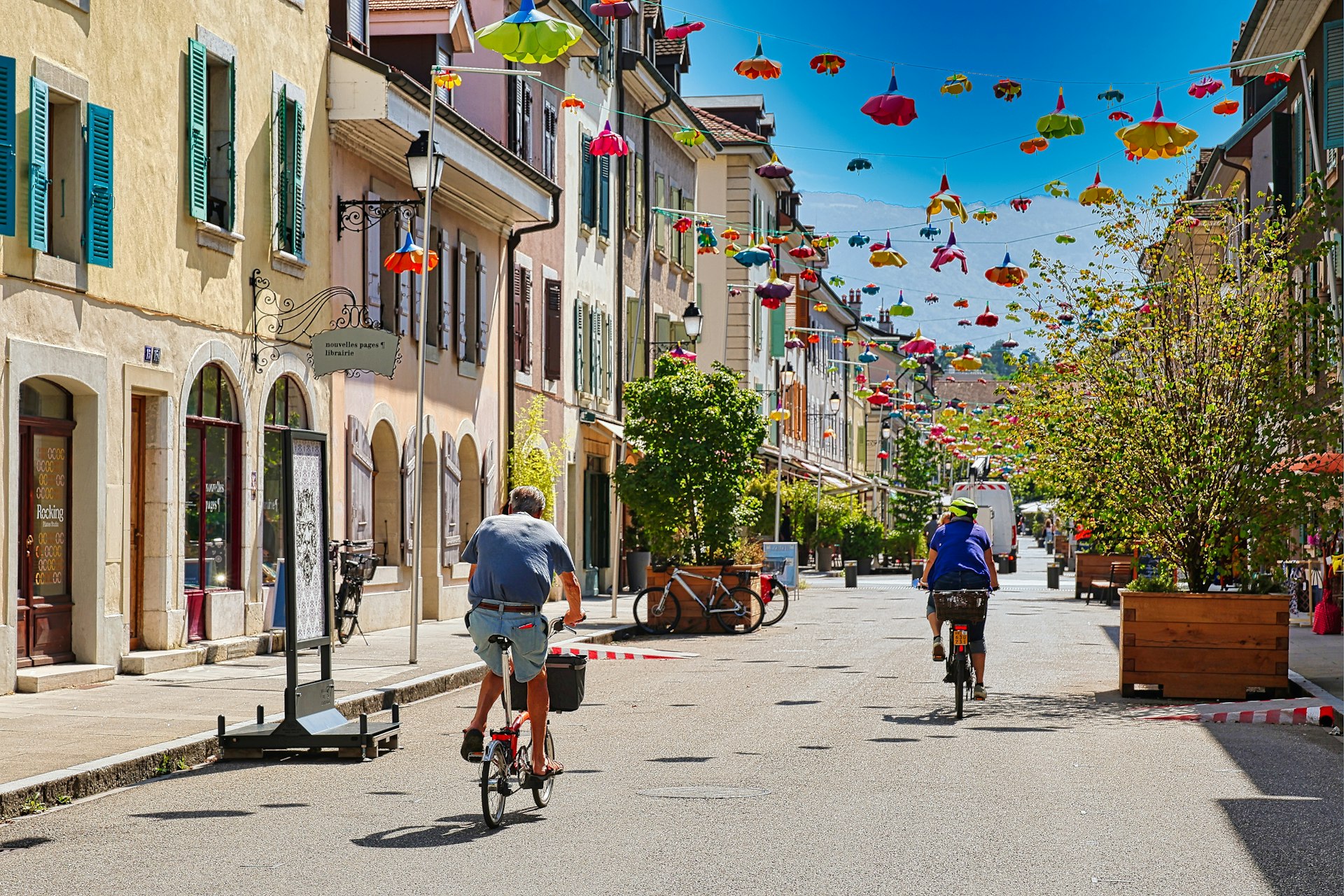Unlocking the Power of Ecotourism: Sustainable Travel in National Parks and Protected Areas

Photo by Will Shelley on Unsplash
Introduction to Ecotourism in Protected Natural Areas
Ecotourism is a transformative way to travel, prioritizing the preservation of nature, respect for local cultures, and responsible enjoyment of the world’s most precious landscapes. When practiced in national parks and protected areas, ecotourism offers a unique opportunity to experience pristine environments while directly contributing to their conservation and the well-being of the people who steward them [1] .
What Is Ecotourism?
Ecotourism is more than just nature-based sightseeing. It encompasses responsible travel that conserves the environment, sustains local community welfare, and includes environmental education for both visitors and hosts. Ecotourism is rooted in principles such as minimizing impact, providing financial benefits for conservation and local people, fostering respect for different cultures, and supporting human rights and democratic movements [4] .
Key Benefits of Ecotourism in National Parks and Protected Areas
1. Conservation and Environmental Protection Many protected areas depend on the revenue generated by eco-conscious visitors for their operational costs and conservation projects. Ecotourism helps finance vital programs such as habitat restoration, anti-poaching patrols, and biodiversity monitoring. By visiting responsibly, travelers actively support the preservation of ecosystems and wildlife for future generations [5] .
2. Supporting Local Communities Ecotourism creates jobs, supports small businesses, and generates income for local residents who often serve as guides, rangers, artisans, or hosts. Choosing rural accommodations, employing local guides, and purchasing handmade products all help strengthen local economies and preserve cultural traditions [2] .

Photo by RONATORY on Unsplash
3. Education and Environmental Awareness National parks frequently offer environmental education programs, guided hikes, wildlife talks, and visitor centers. These services increase public awareness about the value of natural resources and promote a shift toward more sustainable behaviors. Visitors often leave with a deeper understanding of the interconnectedness of nature and human activities [1] .
4. Personal Growth and Enjoyment Activities such as hiking, bird watching, kayaking, and cultural exchanges offer immersive experiences that are both enjoyable and meaningful. Travelers have the chance to learn, grow, and develop a lasting connection with the environment and local communities [3] .
Potential Challenges and How to Address Them
While ecotourism brings many benefits, it also presents challenges if not managed thoughtfully. High visitor numbers can strain infrastructure, cause environmental degradation, and disrupt local communities. To avoid these risks, protected areas and travelers must adopt best practices:
- Limit group sizes and follow designated trails to reduce habitat disturbance.
- Use eco-certified accommodations and transportation options.
- Participate in organized, educational programs rather than self-guided, off-trail exploration.
- Respect local customs and support businesses committed to sustainability.
- Dispose of waste properly and minimize single-use plastics.
Protected area managers may also implement timed entry systems, cap daily visitor numbers, and reinvest tourism revenue into conservation and community initiatives [2] .
How to Plan Your Ecotourism Experience
Step 1: Research Destinations and Regulations Start by selecting a national park or protected area known for its commitment to sustainability. Many countries maintain official lists of protected areas and their visitor guidelines. You can find information by searching for the national park’s official website or contacting the country’s tourism board.
Step 2: Choose Responsible Service Providers Look for accommodations, tour operators, and guides that hold recognized eco-certifications or clearly outline their sustainability policies online. Verified sources like the Global Sustainable Tourism Council (GSTC) and the International Ecotourism Society offer directories of responsible providers.
Step 3: Prepare for a Low-Impact Visit Pack reusable water bottles, eco-friendly toiletries, and leave no trace of your visit. Many parks offer maps and resources at their visitor centers. Take advantage of ranger-led programs to gain deeper insights into the local ecology and culture.
Step 4: Support Conservation and Local Communities Whenever possible, hire local guides, participate in community-run tours, and purchase locally made crafts. These choices ensure your spending directly benefits those who protect and depend on the area’s natural resources [4] .
Step 5: Share Your Experience and Advocate for Conservation After your trip, consider sharing your experiences with friends and on social media to inspire responsible travel. Support ongoing conservation efforts by donating to reputable organizations or volunteering your time.
Examples and Case Studies
Many national parks around the world have become models for successful ecotourism. For instance, Costa Rica’s Monteverde Cloud Forest Reserve channels tourism revenue into research and community development, while the United States’ Yellowstone National Park offers robust interpretive programs and wildlife protection funded in part by visitor fees. In Spain, protected areas like Doñana National Park use eco-lodges and renewable energy to minimize impact and maximize conservation outcomes [5] .
Alternative Approaches
If a destination is experiencing overtourism or you prefer a less-traveled path, consider visiting lesser-known reserves or community-managed conservation areas. Many offer similar natural beauty and wildlife with fewer visitors, making your experience more exclusive and your impact more manageable. Search for “community ecotourism projects” in your chosen region for options.
Key Takeaways
Ecotourism in national parks and protected areas is a powerful tool for conserving nature and supporting local livelihoods. By planning carefully, choosing responsible providers, and respecting both people and the planet, you can ensure your travels leave a positive legacy. Whether you are a seasoned adventurer or a first-time eco-traveler, you can contribute to a more sustainable future through every trip you take.
How to Access Ecotourism Opportunities
To access ecotourism opportunities in national parks or protected areas, follow these steps:
- Identify the official website or visitor center for your destination. For U.S. parks, search “National Park Service” plus the park name. For international destinations, use the country’s official tourism portal.
- Review rules, regulations, and available eco-friendly services on their official pages.
- Search for eco-certified lodges, guides, and tour operators in directories maintained by organizations like the GSTC or The International Ecotourism Society.
- If you need specific assistance, contact the park’s visitor services or email the official tourism agency listed on their website. They can provide up-to-date recommendations and answer questions about sustainable travel options.
- For specialized trips (such as volunteering or research), use search terms like “volunteer conservation programs [park name]” or “community-based ecotourism [country/region].” Official conservation organizations and local NGOs often list such opportunities.
By taking these steps, you can ensure your ecotourism experience is genuine, impactful, and aligned with the most current best practices.
References
- [1] National Library of Medicine (2021). Does a National Park Enhance the Environment through Ecotourism?
- [2] University of Florida IFAS Extension (2023). An Ecotourism/Nature Based Tourism Fact Sheet.
- [3] Worldpackers (2023). How ecotourism benefits the environment and local communities.
- [4] Mize (2023). Ecotourism Examples, Definition & Best Practices.
- [5] CheckinScan (2024). Ecotourism: What is it, benefits and keys to sustainable tourism.



